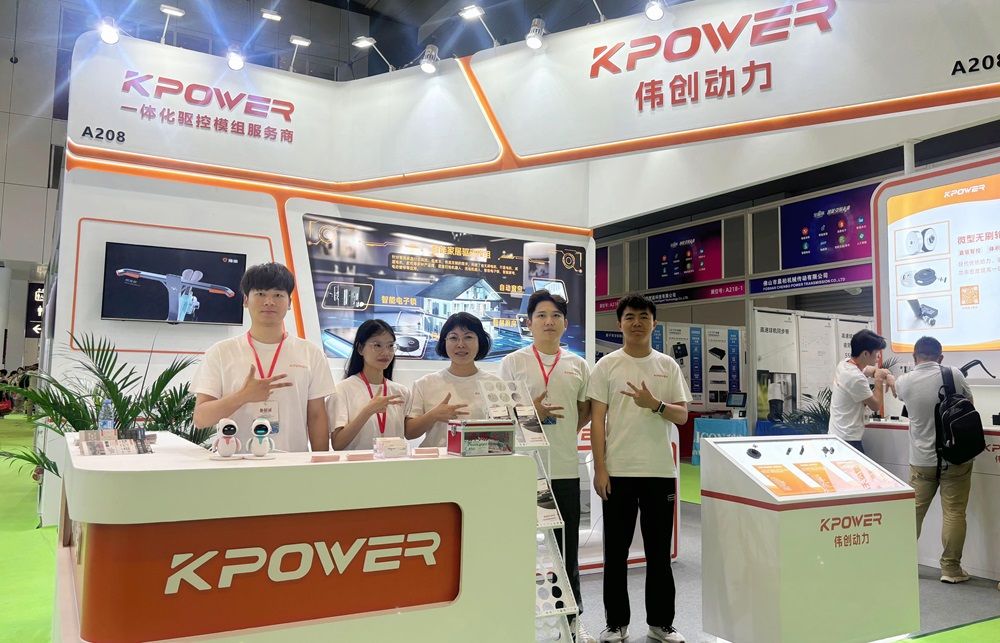Sure! Here's the first part of your soft article centered around "high torque RC servo motor."
In the vibrant realm of remote-controlled vehicles, robotics, and automation, the servo motor stands out as a pivotal component. Among the various types of servo motors available, high torque RC servo motors have carved a niche for themselves, embodying a perfect blend of raw power and precise control. They are the backbone behind many sophisticated robotic arms, towering cranes, custom RC cars, boats, airplanes, and dozens of other creative projects that demand strength without sacrificing accuracy.

Imagine the thrill of constructing an RC car that can conquer steep inclines, or a robotic arm that delicately picks up fragile objects—all powered by a high torque servo. These motors excel in situations where standard servos just can't deliver enough strength, opening a whole new realm of possibilities for hobbyists and professionals alike.
What makes a high torque RC servo motor special? At its core, the defining feature of a high torque RC servo is its ability to produce significantly more rotational force, measured in kilogram-centimeters (kg·cm) or ounce-inches (oz-in), than typical servos. While most hobby servos might offer torque in the 2-10 kg·cm range, high torque variants often push beyond 20 kg·cm, sometimes reaching over 50 kg·cm for specialized applications.
This extraordinary power comes with a few key considerations. First, these servos are generally larger and heavier, owing to their reinforced internal gears and powerful motors. Second, they demand more electrical current, necessitating robust power supplies and often custom wiring solutions, especially in high-performance setups.
Why choose a high torque servo? The benefits are numerous. For one, they enable larger, more ambitious projects where strength and durability are critical. Think of heavy-duty load lifting, towing, or performing delicate movements with an added edge of stability. Additionally, the enhanced precision and responsiveness mean better control over your models, which translates into smoother movements and more accurate positioning.
For instance, in robotics, a high torque servo can rotate larger joints with ease, ensuring that robotic arms can handle heavier payloads or operate swiftly under load. Likewise, in RC aircraft or boats, these servos contribute to more stable, reliable flight or navigation, especially when facing turbulent conditions or demanding maneuvers.
The technology behind high torque servos Achieving high torque is no small feat. Engineers enhance these servo motors by reinforcing internal gear trains—using metal gears instead of plastic for durability, reducing gear slippage and wear over time. High-grade brush motors or even brushless motors are common to maximize power output while maintaining longevity.
Furthermore, high torque servos are equipped with advanced electronic speed controllers (ESCs) and feedback mechanisms that provide fine-tuned control and rapid response times. This synergy of powerful hardware and smart electronics ensures that the servo can handle strenuous tasks while maintaining responsiveness.
Applications on the rise The applications of high torque RC servo motors are expanding rapidly. In hobbyist realms, they empower RC enthusiasts to build larger, more capable vehicles that mimic real-world machinery. For example, large-scale RC excavators or cranes now rely heavily on high torque servos for realistic and sturdy operation.
In professional contexts, they underpin automation systems and custom robotics used in research, manufacturing, and even entertainment. Imagine animatronics in theme parks or precise surgical robots—all of these are possible thanks to the reliability and strength of high torque servo motors.
Choosing the right high torque servo motor Selecting the perfect high torque servo for your project involves several factors:
Torque Requirements: Determine how much force your application truly needs. It's wise to overestimate slightly to ensure reliability under unexpected loads. Size and Weight: Make sure the servo fits within your design constraints without adding unnecessary bulk or weight. Operating Voltage: Check the voltage range compatible with your power supply, ensuring your system avoids overload or underperformance. Speed: Higher torque often comes with trade-offs in speed. Balance your priorities accordingly. Gear Material: Metal gears offer durability, while composite gears might save weight but wear faster. Brand and Support: Trusted brands tend to offer better customer support, warranties, and proven performance.
In the upcoming section, we’ll explore some popular models of high torque RC servo motors, discuss installation tips, and share insights on maintaining optimal performance. Whether you're an enthusiast dreaming of building a robotic arm or a professional creating complex automation, understanding these motors will help you unlock new levels of precision and strength.
Established in 2005, Kpower has been dedicated to a professional compact motion unit manufacturer, headquartered in Dongguan, Guangdong Province, China.




































